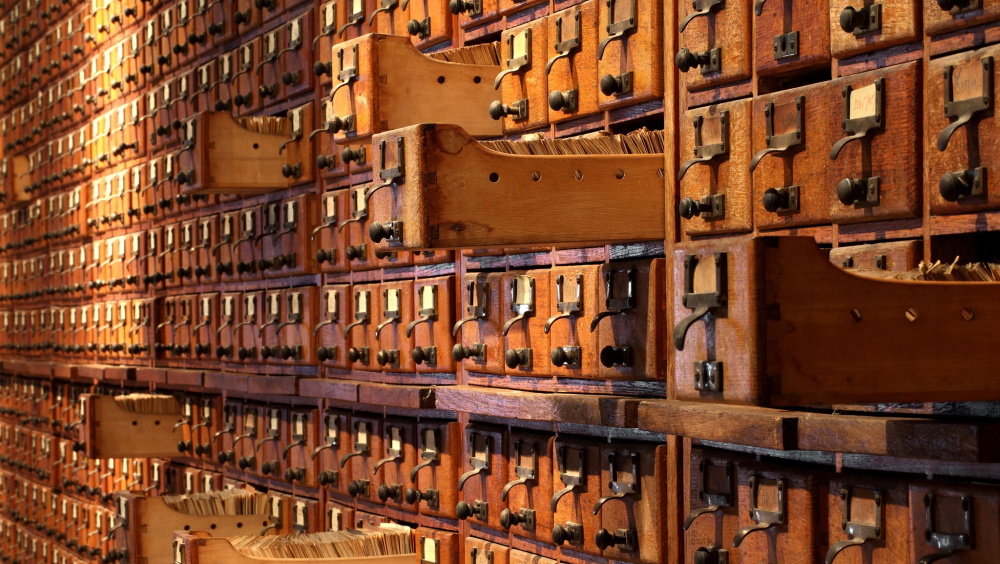The Architects of Peace
Peace is not a natural state. Peace is about a long and laborious construction process. All around Europe, heritage sites tell the story of men and women who, like architects do, have worked towards designing peace and hence, contributing to what makes Europe today. We’re telling the story of two “laboratories for peace” both European heritage label sites: The Peace Palace (The Hague, NL) and the Mundaneum (Mons, BE).
All around Europe, men and women have worked towards designing peace and contributing to what makes Europe today. These architects laid the foundations for our organisations, the Mundaneum and the Peace Palace, “laboratories for peace”: the first, the Peace Palace in The Hague (Netherlands), striving for peace through International law. The second, the Mundaneum in Mons (Belgium), through culture and knowledge. Both are European Heritage Label sites: visitors can find in both sites atoms of what makes the European DNA (culture, values, identity). In the Belle Époque, the period at the end of the 19th century and before the 1st World War, the Mundaneum and the Peace Palace were established. At the same time, many passionate individuals such as the founder of the Mundaneum and Nobel Prize for Peace Henri La Fontaine and philanthropist Andrew Carnegie, the founder of the Peace Palace, strived towards peace in different ways, convincing others to build solid institutions that would be firmly rooted in society. These key figures of the pacifist movement had a strong network, corresponding and attending conferences and congresses in Europe and the United States where they would work out their plans for a better world... They ardently tried to persuade governments and established institutions to work together towards a common goal: Peace. How do we today celebrate the Peace construction history? How do we tell that story to the young European citizens who never experienced war...?
The Architects of Peace” will highlight some key european events and movements in the construction of peace as the foundations of Europe. Values such as the human rights, the right (translated in law) for every citizen to live in peace, the right for every citizen to have access to culture and knowledge, are the main ingredients of our story. This is all about the shared history of pacifism in the Belle Epoque, when the Peace movement was at its height in Europe. European well known historical personalities played an important role at that time to convince others to join the movement. Peace organizations were found all across the European continent, Britain and the US. This is a story that laid the basis for Europe through cooperation, knowledge and justice, to achieve the understanding between peoples. Before the Peace Palace opened in 1913, The Hague was host to the First World Peace Conference in 1899 – the culmination of the nineteenth century peace movement nurtured by many European intellectuals. While the Mundaneum is a landmark in the intellectual and social fabric of Europe. Its founders, Henri La Fontaine and Paul Otlet, were advocates of peace through dialogue and sharing knowledge at European and international level with the means of bibliographic enquiry. Two European Heritage Label sites who join their resources together to promote Peace heritage at a European level!
